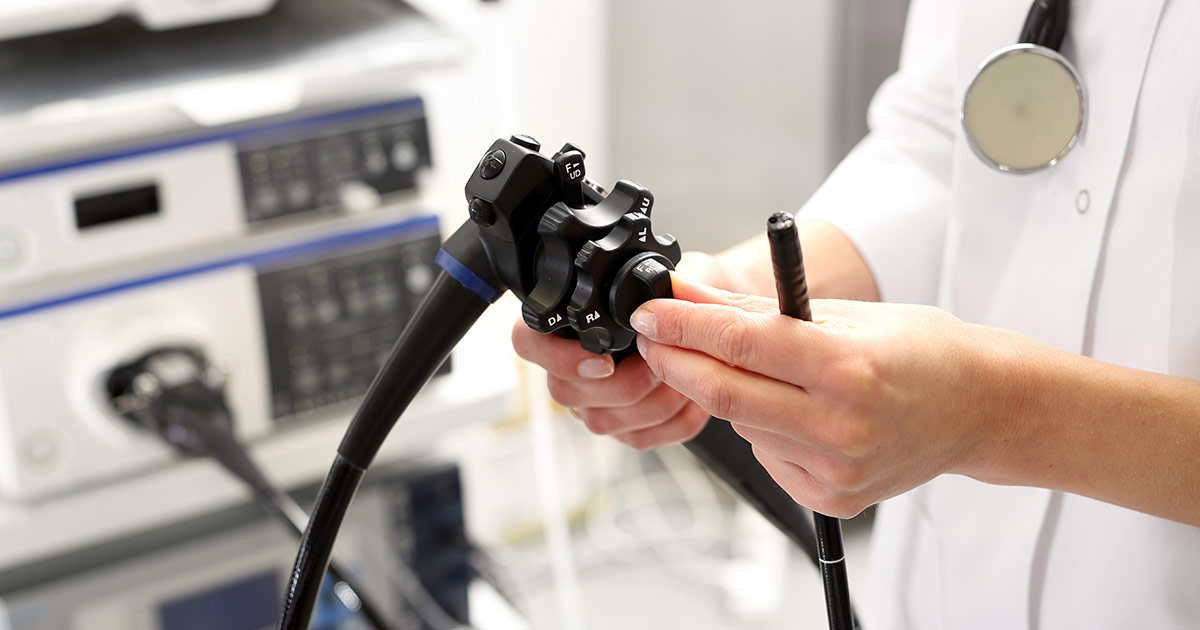Guide To Getting A Colonoscopy
How The Procedure Works
A doctor who specializes in gastroenterology is the one who performs the procedure. A colonoscopy lasts for between thirty and sixty minutes. The patient will be sedated with gas or intravenous anesthesia throughout. Once the patient is sedated, a colonoscope is passed into the colon. This is a long, flexible tube with a camera on the end of it. It projects a real-time video of what is seen by the camera to a monitor.
The colonoscope can bend and fit the curves of the large intestine without puncturing it. The colonoscope can also blow air into the large intestine to give the doctor a better view. If abnormalities are discovered, a biopsy can be performed using small instruments passed through the colonoscope to examine the abnormal or suspicious cells. When the doctor is finished with their exam, they will slowly remove the colonoscope. The patient is then transferred to recovery. They will stay here for an hour for observation.
Get familiar with the risks associated with a colonoscopy now.
Risks Of The Procedure

In individuals who are considered at average risk, complications occur in twenty-eight of every one thousand colonoscopies. The risk of complications increases when a doctor discovers abnormalities in the intestine. The risk also increases if the doctor has to remove a piece of tissue for a biopsy. One of the biggest complications of a colonoscopy is intestinal perforations. This is the presence of tiny tears or lacerations in the colon or rectum wall. These perforations are produced when an instrument accidentally puts too much pressure on the patient's bowel to the point of tearing the tissue.
Small intestinal perforations can be managed with bed rest, antibiotics, and watchful waiting. More significant intestinal perforations may require emergency surgical repair and medication. A patient who has tissue samples removed from their colon may experience post-procedure bleeding. Post-polypectomy electrocoagulation syndrome is another uncommon complication. It is caused by colon injury during the procedure.
Discover the details surrounding the recovery process next.
